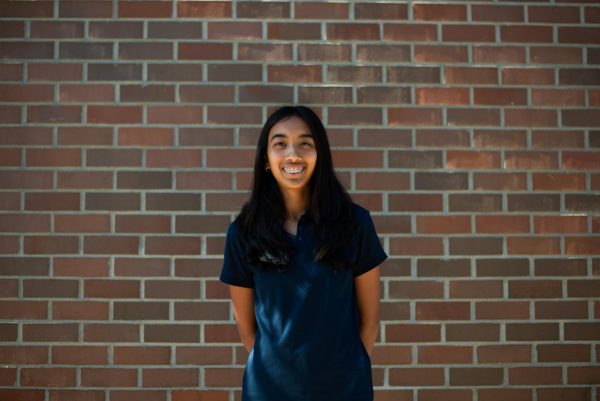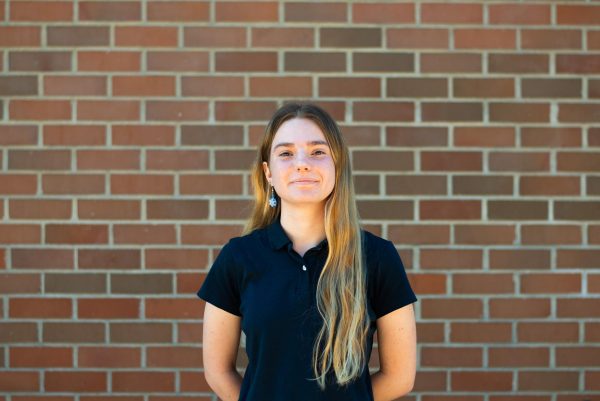Standards Based Teaching and Learning (SBTL) is a relatively new approach at Castilleja that chemistry honors teacher Colin Quinton believes will help students focus on the learning, not the test score.
Castilleja has gone through many recent changes in the past year, including the rise of SBTL— especially in the 9th and 10th grade. The diverse reactions from students, faculty and parents to this shift warrant a deeper dive into the context and goals behind SBTL. To do this, Quinton walked through his journey with SBTL that started with experimentation during the pandemic and grew into a school-wide effort that spread through his trailblazing.
In an interview, in response to a question about what inspired him to switch to standards based grading during the pandemic, Quinton explained, “It has always bothered me that I wanted a way to focus on student learning and yet students always met that with: how do I get an A?”
Recognizing that Castilleja students prioritize good grades is something Quinton wanted to support, but, he added, “The conversations that I was having were all about points on a test.”
Even though students worked to understand the concept at hand, their energy and effort persistently focused on making “this number (their grade) something different.” In other words, Quinton continued, “The focus was always on the number and not the learning”.
Quinton further reflected, “I would notice that the grade didn’t reflect what the student learned, it reflected how well students understood how to earn the grade.” He referred to this concept as the “game of school.” A game in which all students understood differently, leaving discrepancies in which students could access the grades if they could play the game right.
And, according to Quinton, students who accessed these grades may not have learned much about the actual content and instead the process of how to earn a satisfactory score.
After thinking about this issue, Quinton is left asking, “Is it possible for all students to have access to the grade they want?” and “Is it possible for me to be able to focus on the learning?” It seemed that the solution could be found in the SBTL learning approach.
Quinton firmly emphasizes that while the grade is “uninteresting” to him because what he cares about is the learning, he still values “students being able to reach for whatever level that they want”.
This is Quinton’s fourth year using SBTL in his teaching approach, and now teachers are starting to coordinate their effort to incorporate a similar approach into their classes with Quinton as a big supporter.
In Quinton’s interview, he also discussed his thoughts on pushback from other members of the Castilleja community over the newness of and anxiety regarding SBTL at Castilleja. Quinton reassures that the approach isn’t a novel concept and says, “[it] has been done in many schools, many scenarios for years and [in] a lot of different places.”
He even argues that SBTL isn’t new to Castilleja. “[It] always existed in the middle school”, he said. Quinton continues to question why the model for teaching and evaluation shifts between the middle school and the upper school if SBTL continues to be an effective approach for more mature upper school students.
Castilleja students hold feelings that represent both ends of the spectrum regarding SBTL, but the main message that came out of hearing Quinton’s insights regarded the learning. SBTL is about prioritizing the learning and the comprehension, not about the number on some assignment or test. In the end, SBTL aims to provide a holistic representation of a student’s growth and achievement within each skill.




